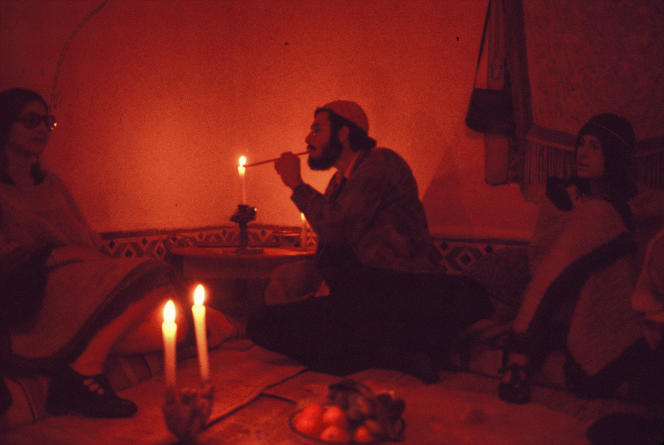At the beginning of August 1977, two young French people, Gérard and his fiancée, Nicole, left their native Lot-et-Garonne in the direction of Morocco, from where they intended to reach Mauritania, then Senegal. The assurance of a total change of scenery for these two inhabitants of Marmande. Originally, they had not planned to make a detour via the Moroccan mountains of the Rif, these massifs which border the Mediterranean, but the points of view there are, it seems, magnificent, and they have therefore modified a little their program. However, their families have not heard from them for three weeks now. An accident ? A bad meeting? Worried, they report their disappearance to the consulate. Verification made, they are in the prison of Tangier. As will relate THE World in September 1977, they were arrested more than 100 kilometers away, in Chefchaouen, in possession of 63 grams of chiiraone of the names of this resinous powder extracted from cannabis, one of the rare plants to adapt to local constraints (uneven relief, poor soil, abundant rainfall).
Like many others European backpackers attracted by the curls of Moroccan kif (a mixture of tobacco and cannabis), Gérard and Nicole must pay a heavy fine to regain their freedom. They wonder if they have not been the object of a racket from the authorities, who target Western travelers while tolerating the cultivation of cannabis, officially prohibited since the country’s independence in 1956. often, the sellers are also themselves at the origin of the denunciations, in the hope of collecting a commission on the fine to come.
As interest grows in this “specialty” consumed for centuries with a kif pipe (sebsi) or in the form of a cake made with honey, almonds and sometimes dates, the people of the Rifas organize themselves so that the benefits do not escape them. Local farmers have made their calculations: this crop can yield ten times more than wheat, barley, almond or olive trees. Those of the commune of Ketama, between Tétouan and Al Hoceïma, even have developed, thanks to mechanical presses, the manufacture of cannabis resin wafers of 20 centimeters by 10 centimeters, 2 centimeters thick, then wrapped in plastic. Easy to carry on the belt, to hide in cars or in bundles wrapped in hessian, they take their way to the ports (Tangier, Casablanca, Tetouan) before being transported, sometimes with the complicity of a conciliatory customs officer , towards the Spanish coast.
You have 76.04% of this article left to read. The following is for subscribers only.
